Chickenpox in Children - Everything you need to know
Most of us must have had chickenpox in childhood with the symptoms varying from few to several clusters of distinctive blisters that blemish the skin. Many parents are ill-informed about this illness and do little to relieve the high fever and itching that ultimately ends up as infected blisters and scarring. It would be best for all parents of young children to know all about the symptoms and how to tackle chicken pox.
It is found that most parents do not go to the pharmacist or GP for advice, but seek the advice of other mothers through networking forums and websites, older relatives who generally offer traditional remedies rather than the latest innovations and the Google that produces a huge volume of websites, with not all providing credible advice.
Your child with chickenpox would have fever, be very irritable and would come out with a distinctive blistered rash that resemble a ‘raindrop’, a clear fluid filled bump that first occurs in the torso. While some children may have a handful of spots, others may be covered from head to toe with some spots/rash even in mouth and ears.
All about treatment of chickenpox:
Some parents believe anti-histamines can reduce itching, but they only cause drowsiness and help the child to sleep better and do little to reduce the itching. The child would have scars caused by scratching the blisters that leads to bacterial infection of the skin.
Some parents swear by using calamine as they believe it helps reduce itching; calamine offers a momentary cooling effect as it evaporates from the skin, but its drying effect may worsen the condition and actually cause further itching. Instead it would help to use chickenpox relief cooling gels like Care ViraSoothe that are pleasant to use and are quickly absorbed in the skin and relieves hot and itchy skin without causing dryness.
Reduce the fever not by giving the child affected baby aspirin or infant ibuprofen, but infant paracetamol; while aspirin is not safe for children below 16 years of age, infant ibuprofen could lead to further infection, The simple and drug free way to reduce fever and bring about relief to the hot and itchy skin lies in sitting them in a cool bath.
We could sum up chickenpox management with these golden rules:
Chickenpox shows up as a blistered rash in the torso that resembles ‘raindrops’. There is no need to consult a GP, but a pharmacist on phone or in person without the child to prevent infecting others.

Do not use calamine that only soothes momentarily, but increase itching; instead use cooling gels like Care ViraSoothe that is easy to apply, absorbs into the skin, cools it and relieves itching. Use of antihistamines cause drowsiness and help the child to sleep, but does nothing for the itching; it is best to ask your pharmacist for advice. It would help to give the child a lukewarm bath when feeling hot and itchy.
Ensure that your child is well hydrated with plenty of fluids.
Provide relief from fever and pain with infant paracetamol. Avoid using baby aspirin and ibuprofen; aspirin can lead to the fatal condition, Reyes Syndrome.
It is best to be informed that the child will acquire more and more spots for 7 days, with the fever subsiding in 3 days. If symptoms do not subside in 5-7 days then seek medical advice.
Image Courtesy: Google
Take the next step toward your goals
Share your requirement and find the best care providers in your area
-
Looking for a caretaker’s job? Build your profile and get in touch with families in your vicinity.
-
Discover nannies, babysitters, cooks, housekeepers, pet sitters, and elder care under one roof.
-
Get all the support you need to run a successful care center.
-
Search for appropriate centers near you depending on your needs.
Care Corner Insights: Blog Library

Part-Time Housekeeper Hiring in Alpharetta, GA: Weekly Schedules, Pricing, and Must-Do Tasks
Keeping a home spotless while balancing work, family, and personal commitments can be overwhelming. For families and professionals in Alpharetta, GA, hiring a part-time housekeeper is one of the most practical solutions. Whether you need help once a
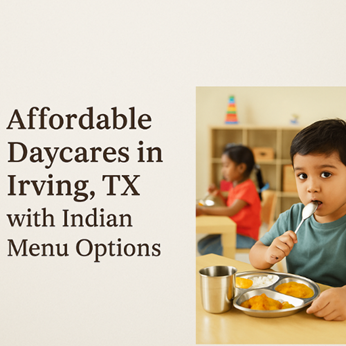
Affordable Daycares in Irving, TX with Indian Menu Options: Parent Reviews & Enrollment Tips
Finding the right daycare for your little one is never an easy decision—especially if you’re looking for one that fits your budget and offers familiar food options like an Indian-inspired menu. For parents in Irving, TX, the good news is that several
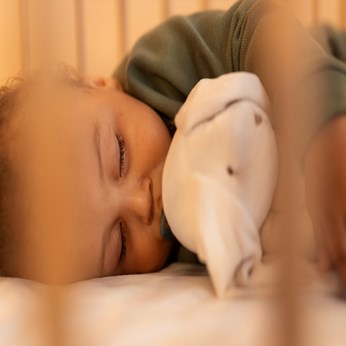
Can Babies Sleep on Their Side? Tips for Safe Baby Sleep
When it comes to newborns, every parent worries about the smallest details—how they sleep, what they wear, even which way they turn their tiny heads. One common question that pops up is: “Can babies sleep on their side?” The short answer? Not recom
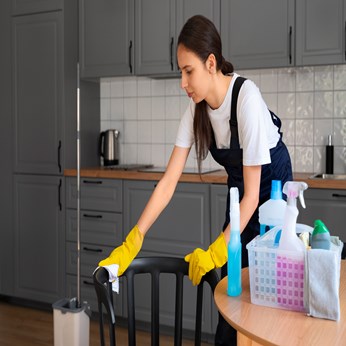
8 Benefits of Hiring a House Cleaner for Your Home
Let’s be honest — keeping a home sparkling clean while juggling work, family, and daily life can feel like a full-time job in itself. That’s where professional house cleaners step in, turning the chaos into calm. If you’ve been debating whether to br
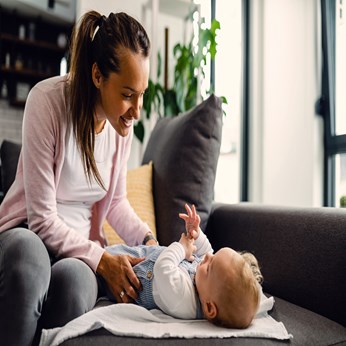
How to Care for a Gassy Baby? What’s Normal and what’s not – Expert Advice
If you’re a new parent navigating the world of burps, bubbles, and baby fussiness—welcome to the club! Gas in babies is incredibly common, especially in the first few months. But how do you know what’s normal and when it’s time to call in expert help
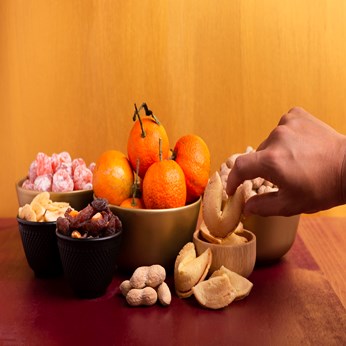
Foods to Lower Blood Pressure for Elderly: What to Eat and What to Avoid
High blood pressure, or hypertension, affects nearly 60% of seniors in the U.S., making it one of the most common age-related health concerns. The good news? Diet plays a powerful role in managing it. With the right foods—and the right elder care sup
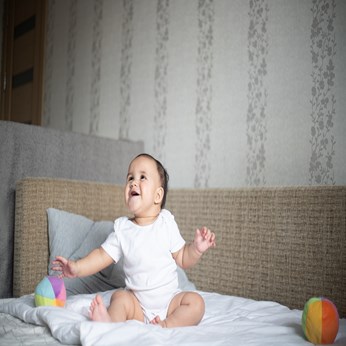
When do newborns start smiling? All about this lovely baby milestone
There's perhaps no moment more magical in early parenthood
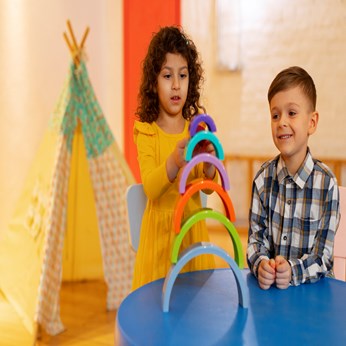
Learning through play: How it helps your child's growth
As parents, we often find ourselves caught between wanting our children to have fun and ensuring they're learning and developing properly. The good news? You don't have to choose between the two. Play-based learning is one of the most powerful tools
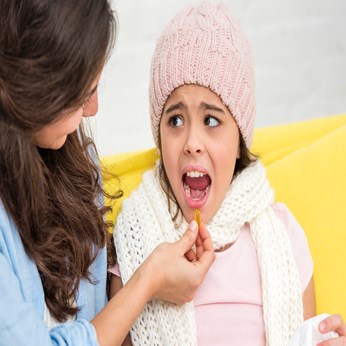
Signs and Symptoms of Strep Throat in Children: What Parents Should Know
When your child has a sore throat, it’s easy to brush it off as “just a cold.” But sometimes, that irritation could be more than just a passing bug. Strep throat, caused by group A Streptococcus bacteria, is one of the most common throat infections i
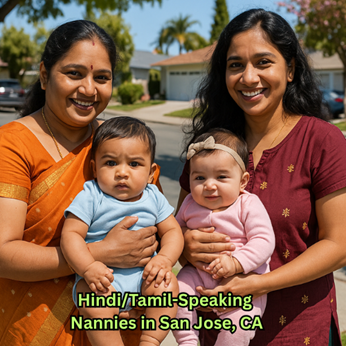
Hindi/Tamil-Speaking Nannies in San Jose, CA: Where to Find and How to Screen
For many NRI families here, there’s a big question that keeps coming up: Where can we find a nanny who speaks Hindi or Tamil, understands our culture, and truly connects with our kids?